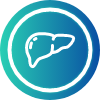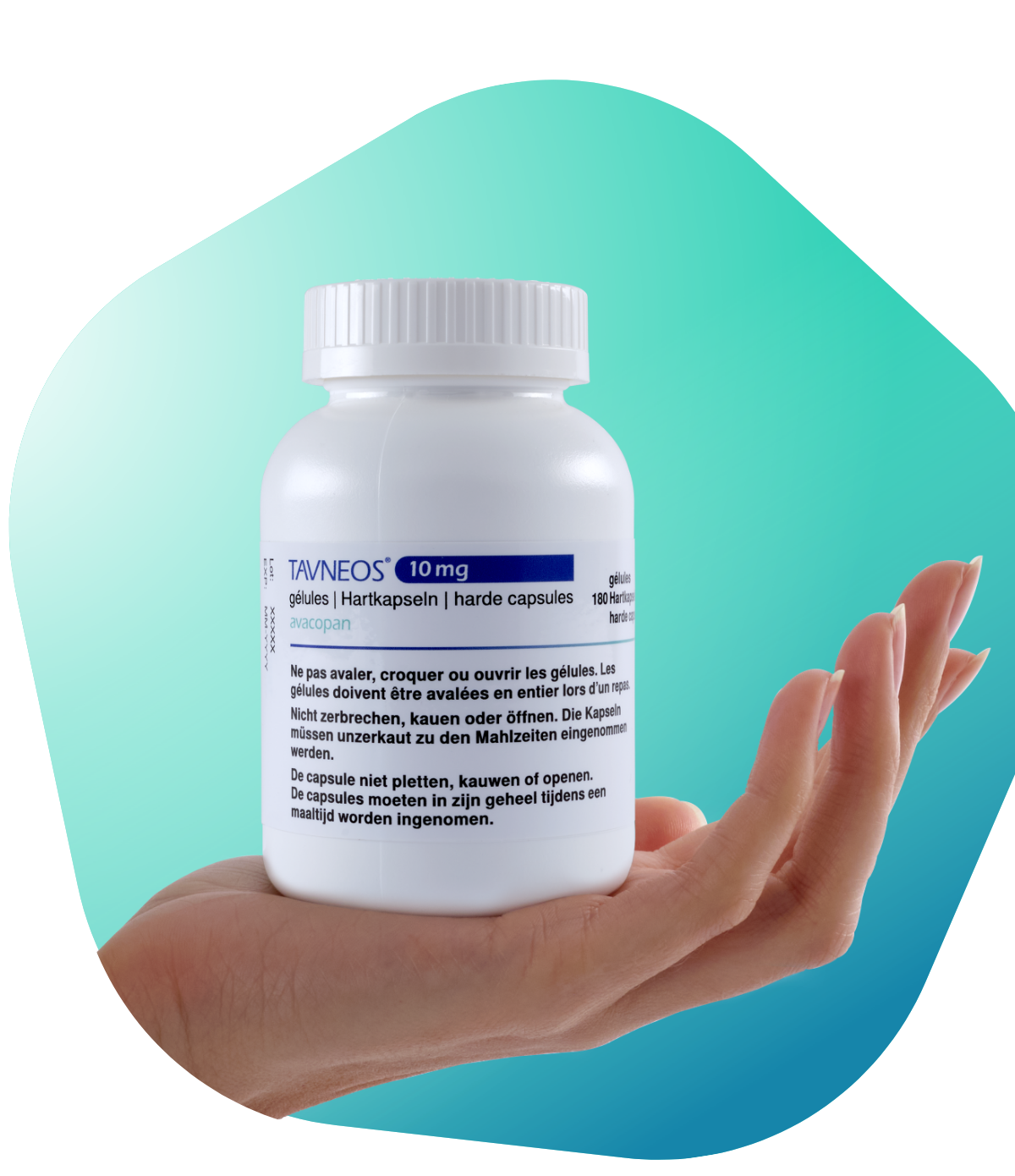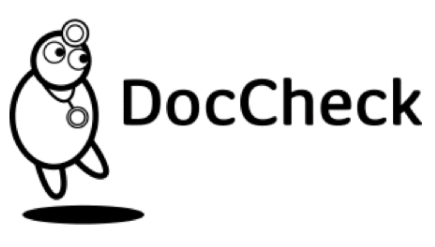Safety profile
TAVNEOS® demostrated a favourable safety profile1
The most common adverse reactions (≥1/10) observed in a pivotal phase 3 study in patients treated with a TAVNEOS®-based regimen:2

Nausea 23.5%

Diarrhoea

Headache 20.5%

Vomiting 15.1%

Decreased white blood cell count*

Upper respiratory tract infection

Nasopharyngitis

Increased liver test results†
The most common serious adverse reactions were liver function abnormalities (5.4%) and pneumonia (4.8%)2

TAVNEOS® is a substrate of CYP3A4. Concomitant administration of inducers or inhibitors of this enzyme may affect the pharmacokinetics of TAVNEOS®2‡
Comparable safety results
Numerically similar incidence of SAEs observed in TAVNEOS®- and GC-based regimen1
The number of SAEs (excluding events of worsening vasculitis) was 33% higher in the GC based regimen vs the TAVNEOS®-based regimen1
| TAVNEOS-BASED REGIMEN (n=166) | GC-BASED REGIMEN (n=164) | |
|---|---|---|
Treatment-emergent adverse events (TEAEs)
|
|
|
Serious adverse events (SAEs)
|
|
|
Deaths
|
|
|
Infection
|
|
|
AEs potentially related to GCs
|
|
|
In a pooled safety analysis, the AE patient rst incidence rate, AE rate, SAE rate, infection event rate, and WBC count decrease AE rate were statistically lower in the TAVNEOS®-based regimen vs GC-based regimen3

Fixed oral dosing
TAVNEOS® is taken as a fixed oral dose2
TAVNEOS® should be taken as follows:2

30 mg TAVNEOS®

Taken twice-daily

With food
Before initiating TAVNEOS®
- Hepatic transaminases, alkaline phosphatase, and total bilirubin2§
- Screening for HBV infection:HBsAg and anti-HBC2**
- White bood cell count2††
After therapy initiation
- Hepatic transaminases, alkaline phosphatase, and total bilirubin: every 4 weeks for the first 6 months, and as often as clinically indicated thereafter2§
- White blood cell count: as clinically indicated, as part of routine follow-ups of the patient’s underlying condition2††
Treatment regimen in combination with immunosuppressants
(RTX or CYC/AZA)2

*Including leukopenia.2
†Increased ALT, increased total blood bilirubin, abnormal liver function, increased gamma-glutamyl transferase, increased liver enzyme, increased transaminases.2
‡The use of strong inducers of CYP3A4 (e.g. carbamazepine, enzalutamide, mitotane, phenobarbital, phenytoin, rifampicin and St. John’s wort) with TAVNEOS® is to be avoided. Patients who are scheduled for long-term administration of these medicinal products are not to be treated with TAVNEOS®. If short-term co-administration cannot be avoided in a patient already receiving TAVNEOS®, the patient should be closely monitored for any reoccurrence of disease activity.2
§Treatment must be re-assessed clinically and temporarily stopped if ALT or AST is >3x ULN and <5x ULN. Treatment must be temporarily stopped if ALT or AST is >5× ULN. Please consult the information for healthcare professionalsSummary of Product Characteristics for information about permanent discontinuation.2
**Patients with evidence of past or current hepatitis B virus (HBV) infection must be seen by a physician specialised in the management of hepatitis B for monitoring and possible HBV infection treatment before and/or during treatment with TAVNEOS®. Patients showing signs of current or previous HBV infection based on clinical and laboratory examinations that may indicate signs of hepatitis or HBV reactivation must be monitored for 6 months following treatment with TAVNEOS®.2
††Treatment must be temporarily stopped if a patient develops leukopenia (white blood cell count <2×109/L), or neutropenia (neutrophils <1×109/L) or lymphopenia (lymphocytes <0.2×109/L).2
AAV, ANCA-associated vasculitis; AE,adverse event; ALT, alanine aminotransferase; ANCA, anti-neutrophil cytoplasmic antibody; AST, aspartate aminotransferase;; AZA, azathioprine; CYC, cyclophosphamide; CYP3A4, Cytochrome P450 3A4; GC, glucocorticoid; GPA, granulomatosis with polyangiitis; HBc, hepatitis B core antibody; HBsAg, hepatitis B surface antigen; HBV, hepatitis B virus; MOA, mechanism of action; MPA, microscopic polyangiitis; RTX, rituximab; SAE, serious adverse event; TEAE, treatment-emergent adverse event; ULN, upper limit of normal;WBC,white blood cell.
References
1. Jayne D, et al. N Engl J Med 2021;384(7):599–609. 2.TAVNEOS® Fachinformation, www.swissmedicinfo.ch. 3. Jayne D, et al. J Am Soc Nephrol 2022;33:794–5 (Abstract SA-PO696).


 Scroll down
Scroll down





